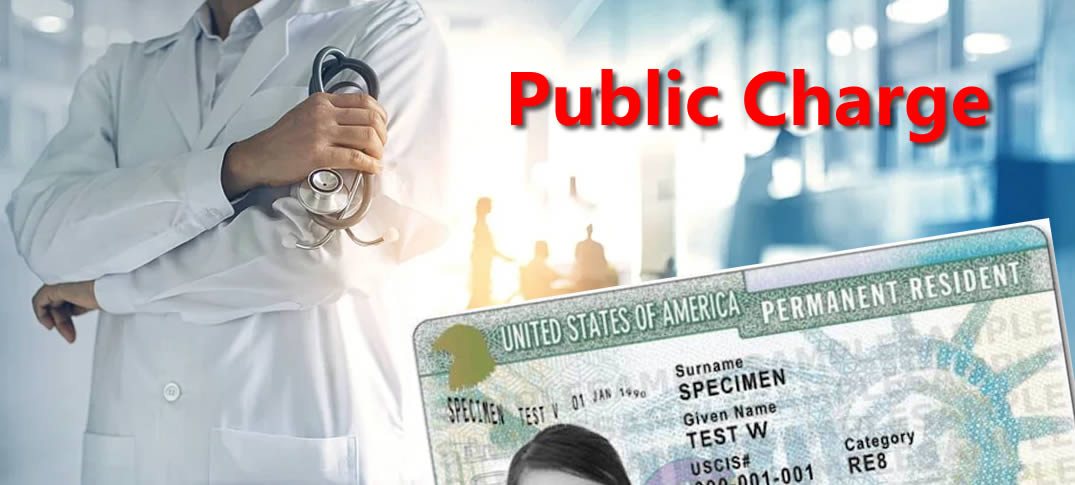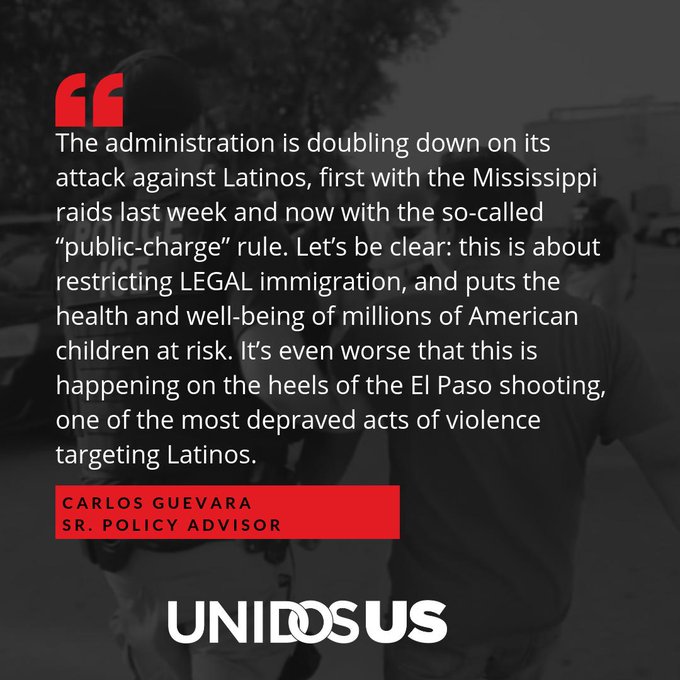By: Walter Ewing - www.immigrationimpact.com/
The Department of Homeland Security (DHS) issued a Notice of Proposed Rulemaking to clarify the meaning of the “public charge ground of inadmissibility” on February 24. The new guidance will be welcome news for immigrants as well as state governments and immigrant-serving organizations across the country that have worked to combat fear and misinformation around public charge.
Under current law, immigrants applying for admission to the United States or those already here and seeking a green card must prove they are not “likely to become a public charge.” Although changes were implemented during the Trump administration, since 1999 immigrants have been required to prove that they would not become “primarily dependent” on certain cash welfare programs.
Changes to Public Charge Under Trump
The Trump administration attempted to change this standard by implementing its own version of the public charge rule in 2019, but its application was halted in March 2021 due to litigation.
More information: https://www.inmigracionyvisas.com/a5381-new-public-charge-no-longer-penalize-Medicaid-and-Snap.html




